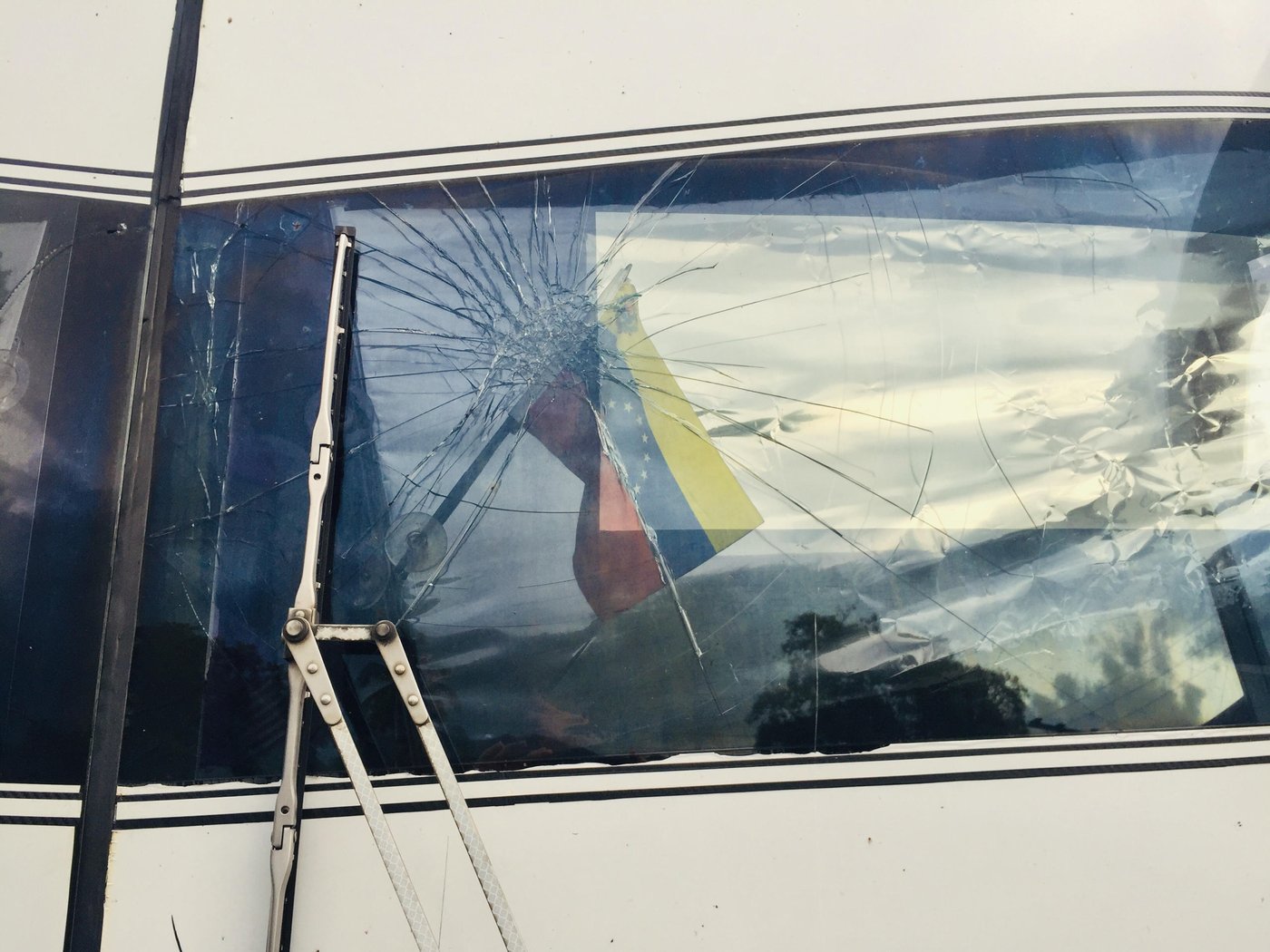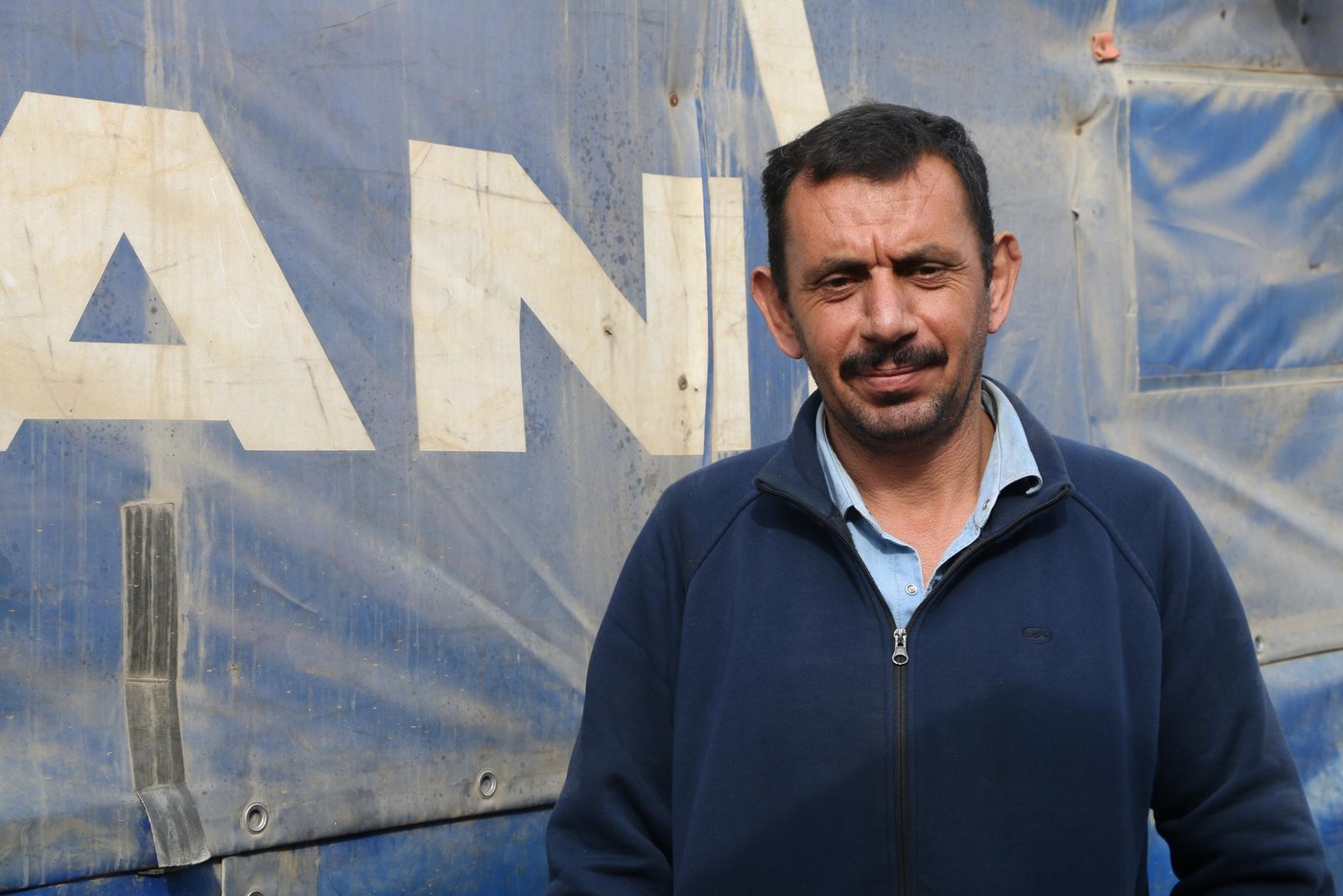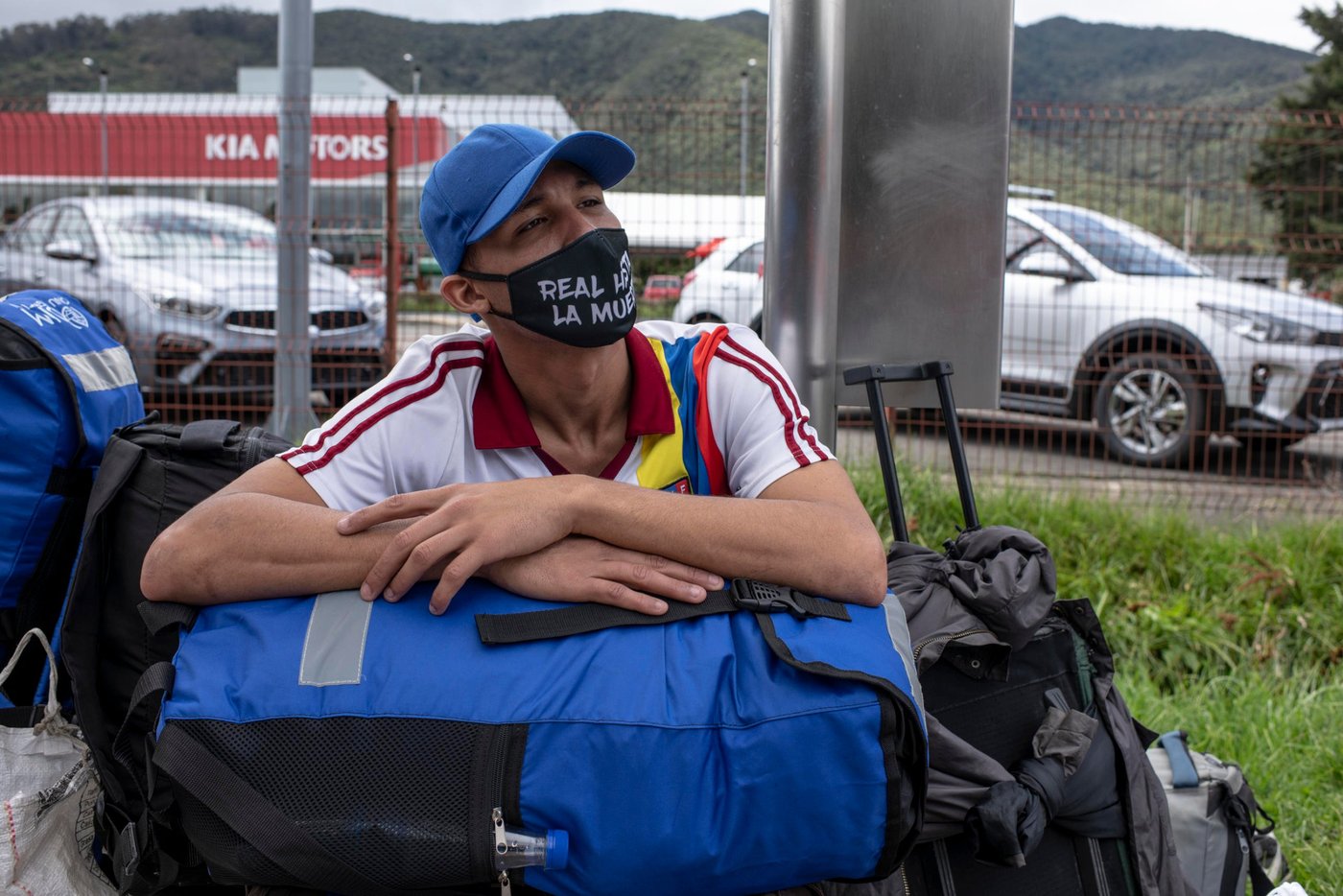At the beginning of 2020, there were 79.5 million displaced people around the world. This figure includes refugees, asylum seekers and people forced to flee within their own country.
How refugees are counted
The figures from UNHCR, the UN refugee agency, are divided into refugees who have been granted protection, and asylum seekers who are waiting to have their asylum application processed.
UNHCR’s list of the number of refugees in each country shows how many people still need protection. However, it doesn’t show how many have previously received protection and are still in the country. The difference is particularly great for Western countries, where individual asylum seekers are excluded from the statistics after ten years, while so-called “resettlement refugees”, who receive permanent residency from day one, are not included at all.
To compare which countries take the greatest responsibility, we must look at how many refugees receive protection each year.
There are many reasons why large numbers of people who have fled to another country are not registered in the refugee statistics.
Read more: A few countries take responsibility for most of the world’s refugees
The Norwegian Refugee Council (NRC) works to support refugees and displaced people in over 30 countries around the world, including Venezuela, Colombia and Lebanon. Support our work today
Displaced Venezuelans
Between 2017 and 2019, 4.5 million people left Venezuela due to the crisis in the country. Only 36,000 of them have so far been granted refugee status. Almost 800,000 are waiting to have their asylum applications processed, while 3.6 million are staying in neighbouring countries and have not applied for asylum. Many Venezuelans have decided not to apply for refugee status or have been unable to do so. The countries that they flee to often offer different kinds of permit to stay in their country.
In 2019, UNHCR chose for the first time to include in their displacement statistics Venezuelans who have travelled to neighbouring countries, but who have not applied for asylum or been registered as refugees. Although this large group of people from Venezuela is now included in the UNHCR total, they do not appear in overviews of which countries have provided protection to the most refugees.

Colombia is by far the largest recipient of displaced Venezuelans and has received 1.8 million in total. If these Venezuelans had been considered to be refugees, Colombia would have been the ninth largest recipient country relative to its population in the last ten years, with displaced Venezuelans representing 3.6 per cent of its population.
The two small island states of Aruba and Curaçao would be number two and four, at 16.6 and 8.2 per cent, respectively. Countries such as Panama, Chile, Peru, Ecuador, Argentina and Brazil have also received many displaced Venezuelans.
Read more: These 10 countries receive the most refugees
Many refugees are not registered
There are several refugee groups that for various reasons are not registered, and they are consequently not included in the UNHCR statistics.
Officially, the Arab Gulf countries have barely received any refugees in the last ten years. However, several of these countries have nevertheless received a larger number of displaced Syrians, who have not been registered as refugees. Many have been granted residency as guest workers, and according to Saudi authorities, they have offered free schooling to 100,000 Syrian children.
None of these countries has ratified the Refugee Convention, which means that these refugees do not always receive the protection and rights they should have.
South Korea grants all defectors from North Korea automatic citizenship and they are therefore not considered refugees. There is said to be a total of over 30,000 North Korean defectors in South Korea. A large but unknown number of North Koreans have also fled to China, where they are trying to stay hidden because they are considered illegal immigrants by the Chinese authorities. They are not shown in the statistics either.
Israel offers Jewish people from all over the world residence in the country. Although some of them have had to leave their former homelands due to persecution, they are not considered refugees.
Family reunification
Refugees who receive protection after their individual asylum applications have been processed are often given the opportunity to be reunited with their families in the country where they have received protection.
In recent years, however, it has become increasingly difficult for refugees to achieve family reunification. It is expensive to submit an application and the family is required to go to an embassy, which is often located in another country, in order to apply.
Most people who are reunited with refugees are refugees themselves. The families of Syrian refugees are often in neighbouring countries such as Lebanon and Turkey. Family reunification with refugees is not included in the figures from UNHCR, and there is no overall overview of how many each country has received.

Based on the figures from countries that keep such statistics, we can nevertheless estimate that the number of refugees who are in a country due to family reunification is about a third of the number who are granted asylum.
In Sweden, this number is higher than most other countries, and the country has provided residency to 112,000 refugees through family reunification in the last ten years. This is 42 per cent of the number of refugees who have been granted residency in the same period.
Immigrants without a residence permit
In many countries, there are large numbers of people without a formal residence permit. Some of these may have fled their homeland due to war, conflict and persecution.
Some have chosen not to register as refugees because it costs money, as is the situation in Lebanon. Others know that they will probably not be granted asylum, and therefore choose to live in hiding and make a living in the informal labour market. There are also some who do not leave the country after their asylum application has been rejected.
According to the Pew Research Center, there are between 2.9 and 3.8 million immigrants without a legal residence permit living in the EU and EEA area.
The Norwegian Refugee Council (NRC) works to support refugees and displaced people in over 30 countries around the world, including Venezuela, Colombia and Lebanon. Support our work today


